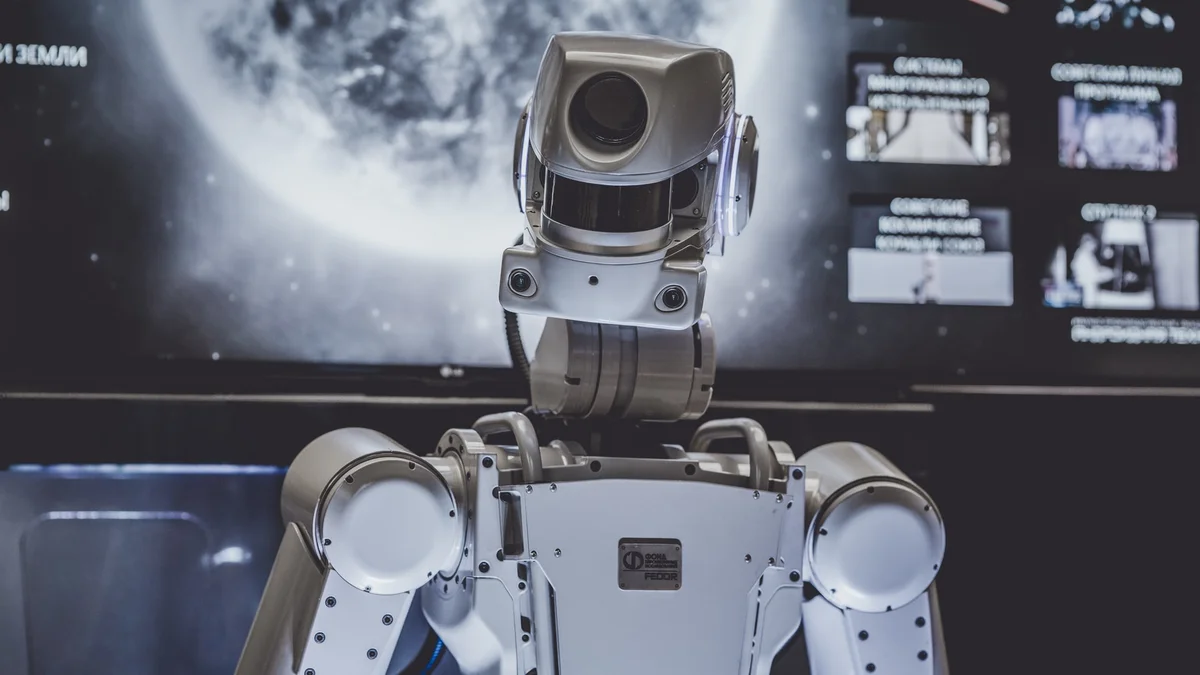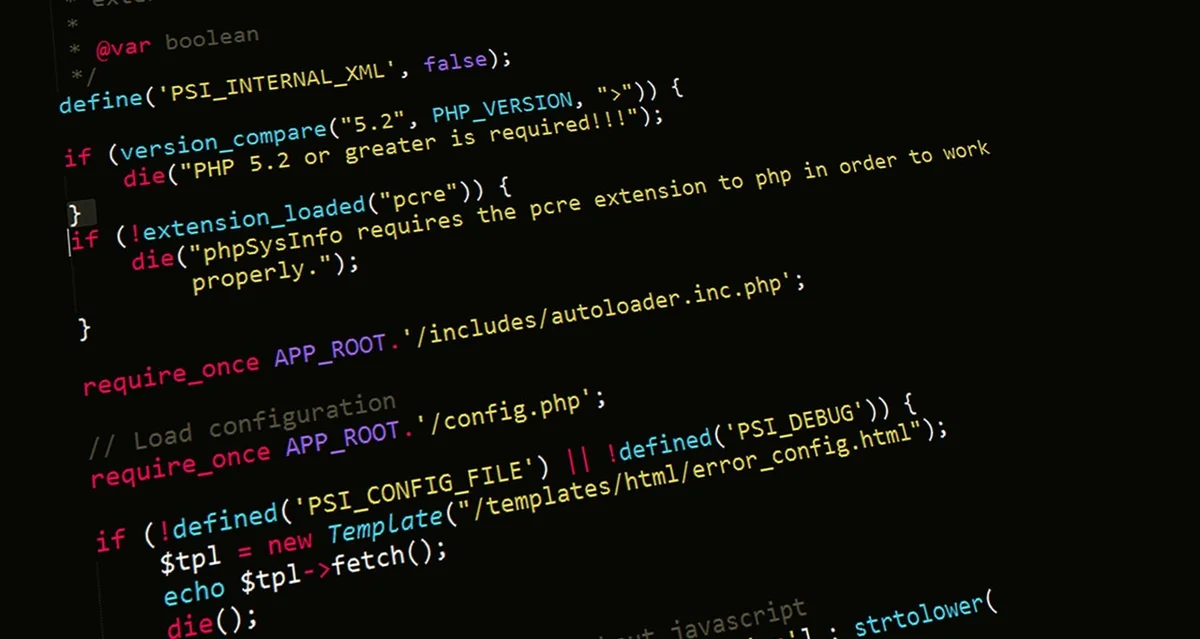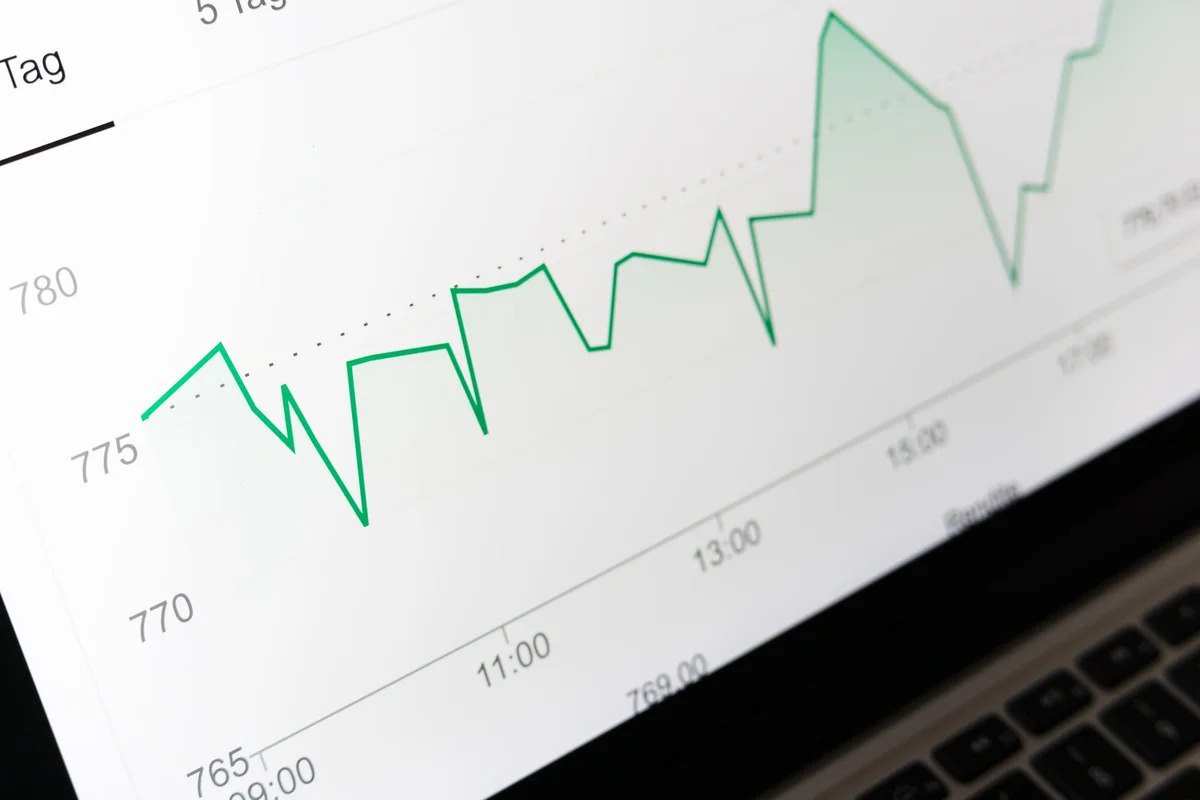Robotic Process Automation vs Machine Learning
Robotic Process Automation vs Machine Learning: A lot of people currently use the terms “machine learning” and “robotic process automation” (RPA). We’re surrounded by artificial intelligence without even recognising it. In practically every industry, automation is reshaping the way businesses operate.
In 2018, the global RPA market was estimated at $846 million, making it the fastest-growing segment of the global corporate software industry.. There’s also a 31.1 per cent growth forecast over the following five years.
A total of $24.9 billion was spent on artificial intelligence research and development in 2018, and this is expected to rise to $46.2 billion by 2025.
Also Read: Chrome OS will use machine learning for the new experience
RPA and Artificial Intelligence are two of the ten most anticipated technologies for 2020. People who have taken an online course in Machine Learning will be in high demand in the future because of the rising popularity of machine learning and bots.
You can see that RPA and AI or ML have a lot in common when you read the previous explanation. Artificial intelligence is assumed to be involved in every element of automation. This, however, is not the case. Because of their varied purposes and interfaces, RPA and machine learning are considered to be horizontal approaches.
Yes! You’re on the correct track. Let’s take a closer look at the two words.
What is RPA or Robotic Process Automation?
As a result, RPA tools may be used to set up software or a robot for manipulation of data, triggering responses, collecting and translating applications for processing transactions, and interfacing with other digital systems.
Robotic process automation may be defined as the imitation of human behaviours to conduct a series of processes leading to meaningful activity without the need for human participation.
Automating simple operations like responding to an email, as well as more complicated ones like deploying thousands of bots in an ERP system, can all be done with RPA.
A wide range of industries are already benefiting from Robotic Process Automation (RPA), from supply chain management to customer service to healthcare to finance.
The precision and consistency of RPA’s duties are two of its main advantages. The nicest aspect is that it doesn’t require any or very little code. Human intervention is minimised, which boosts efficiency and lowers expenses for businesses.
What Is Machine Learning?
To coin the name ‘Machine Learning,’ Arthur Samuel—a pioneer in AI and the man who originated the word—defines it as “an area of study that provides computers the capacity to learn without being explicitly taught.”
Artificial Intelligence (AI) has a sub-discipline called machine learning (ML) (AI). Both words can be used in the same sentence.
In machine learning, computers may learn from their own experiences without the help of humans or being programmed.
First and foremost, the system receives input in the form of sound quality or pertinent data. Based on this data and other techniques, a machine learning model is created for the computer to use in training.
To train a computer or automate a process, an algorithm is selected based on the type of data and the specific task.
A simple machine learning example would suffice.
Some watches have images of eyes that are similar to the one that you’re staring at underneath a “you may also like” recommendation.
‘Recommendation Engine’ is a common name for this type of machine learning programme.
A third example of Machine Learning is Google’s search engine, Amazon’s Alexa virtual assistant, or Siri.
Using a smartphone, they can notify you of all of your chores and other information.
It’s based on the way humans learn. We watch, and we learn from our own experiences. In the same way, inputs and algorithms are supplied to machines.
Machine Learning vs. Robotic Process Automation (RPA)
You’ll notice similarities between RPA and machine learning in their fundamental introductions; both focus on work automation. There are variances in how they function and how they are executed as you go down in the scale.
The distinction between RPA and ML stems from the fact that RPA focuses on doing while ML focuses on thinking. RPA, on the other hand, is connected with ‘doing,’ whereas ML, on the other hand, is associated with ‘thinking’ and ‘learning.’
For example, RPA may be used to automate processes such as sending emails and downloading attachments, obtaining the subject.
As an alternative, machine learning (ML) can handle your emails, extract important information from them, and even transform unstructured data into organised data for your convenience.
The diagram below illustrates the differences between ML and RPA.
Artificial intelligence (AI) is expressed through the ability to ‘adapt,’ and RPA mimics human behaviours by using software robots that replicate human actions.
For the most part, RPA can only do what has been programmed into it, making it more like a machine than a person.
On the other hand, Machine Learning increases its performance on its own, much like people do when they gain experience in their daily activities and situations.
People also equate the two technologies as brains over brawn, with RPA being the brainier of the two, and ML being the brainier of the two.
The focus of ML and RPA are two more areas of distinction.
Robotic Process Automation (RPA), as the name indicates, is process-driven. Rule-based tasks that often need communication with many and different IT systems are the focus of this approach.
The process discovery workshop to sketch out the current process is a necessary prerequisite for deploying RPA.
ML, on the other hand, is driven by data. Machine learning and high-quality data are used to feed the system’s learning capabilities. It doesn’t do anything repetitious, but it does what it’s taught to do based on the input it receives. If you want to set an alarm, for example, you may ask your smartphone. You may then ask it to compose a message and send it to a certain person. So there are no recurrences here.
Artificial Intelligence is data-centric, whereas Robotic Process Automation (RPA) has an emphasis on processes.
Conclusion
Now that we’ve learned about RPA and ML, both of which are becoming increasingly popular, we can see that each has a distinct set of applications. They have ramifications and may be found in practically every industry today. Both also have their advantages. It’s possible to make a name for yourself in any of these fields.
Both RPA and ML are essential tools that may improve a company’s overall performance. In order to meet the most crucial business needs, they are implemented in an automated manner.



